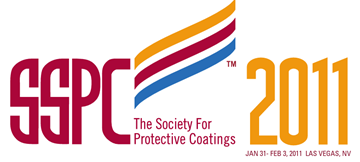Search
Products tagged with 'nuclear power plant'
View as
Sort by
Display
per page
51318-11003- Nuclear Power Balance of Plant Corrosion Management Strategic Perspectives
Product Number:
51318-11003-SG
Publication Date:
2018
$20.00
Coatings Program Requirements at Neuclear Power Plants
Product Number:
41211-598-SG
Publication Date:
2011
$20.00
Current Status of Nulcear Power Plant Safety-Related Coatings
Product Number:
41206-227-SG
Publication Date:
2006
$20.00
How Design Features Unique to AP1000 Nuclear Power Plants Affect Coating System Design Requirements
Product Number:
41213-740-SG
Publication Date:
2013
$20.00
Protective Coatings in 21st Century Nuclear Plants
Product Number:
41211-647-SG
Publication Date:
2011
$20.00
Strategic NDE Results Collaboration Yields Industry Insights
Product Number:
51317--8859-SG
ISBN:
8859 2017 CP
Publication Date:
2017
$20.00
Thermal Shock Resistance of Fecral Alloys for Accident Tolerant Fuel Cladding Application
Product Number:
51317--8900-SG
ISBN:
8900 2017 CP
Publication Date:
2017
$20.00









